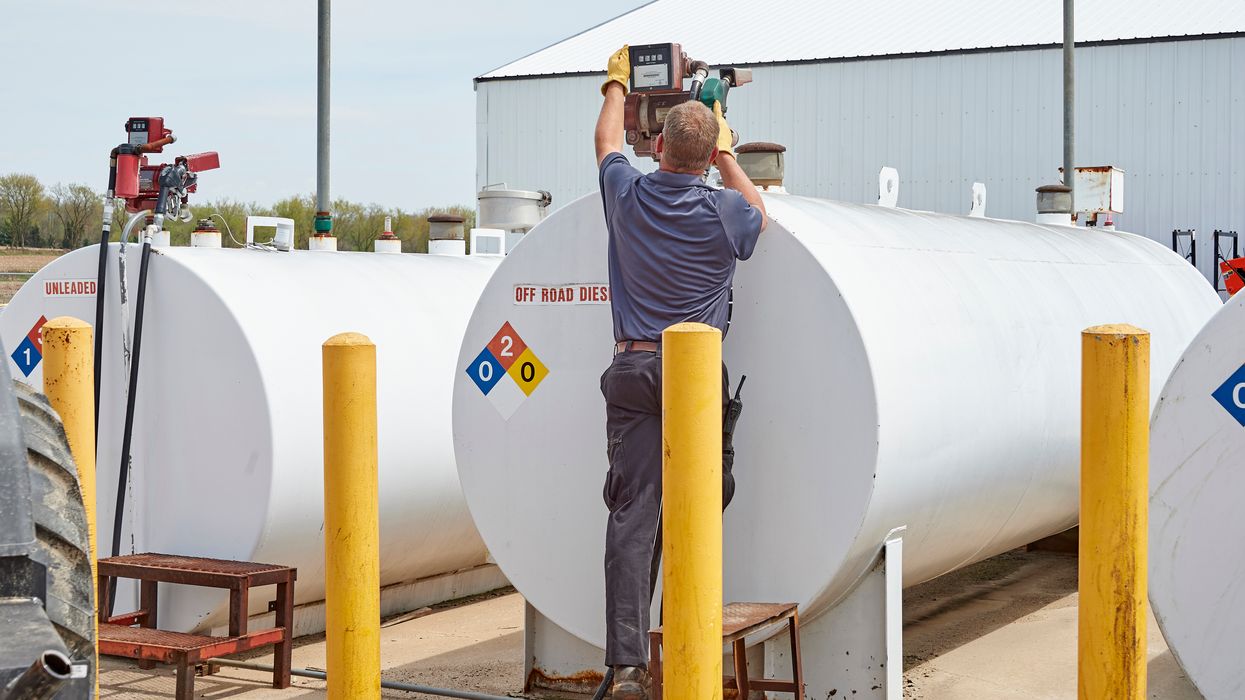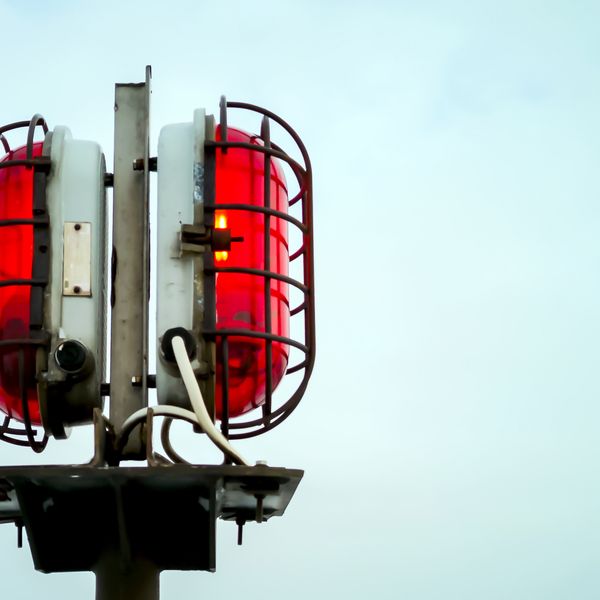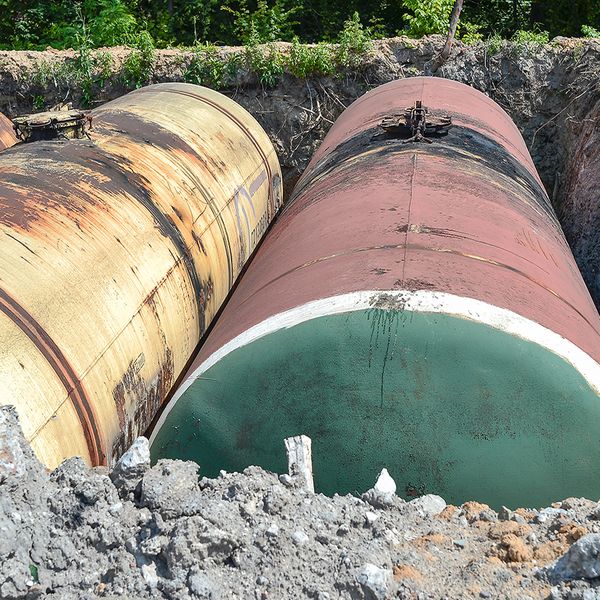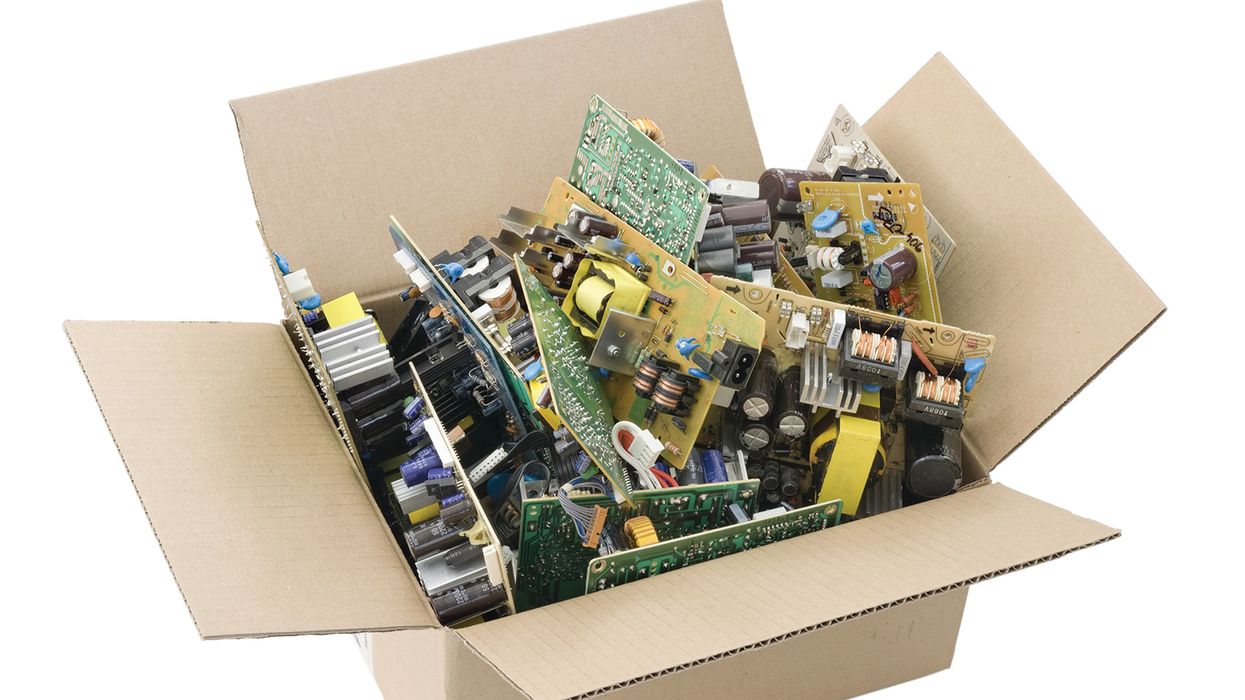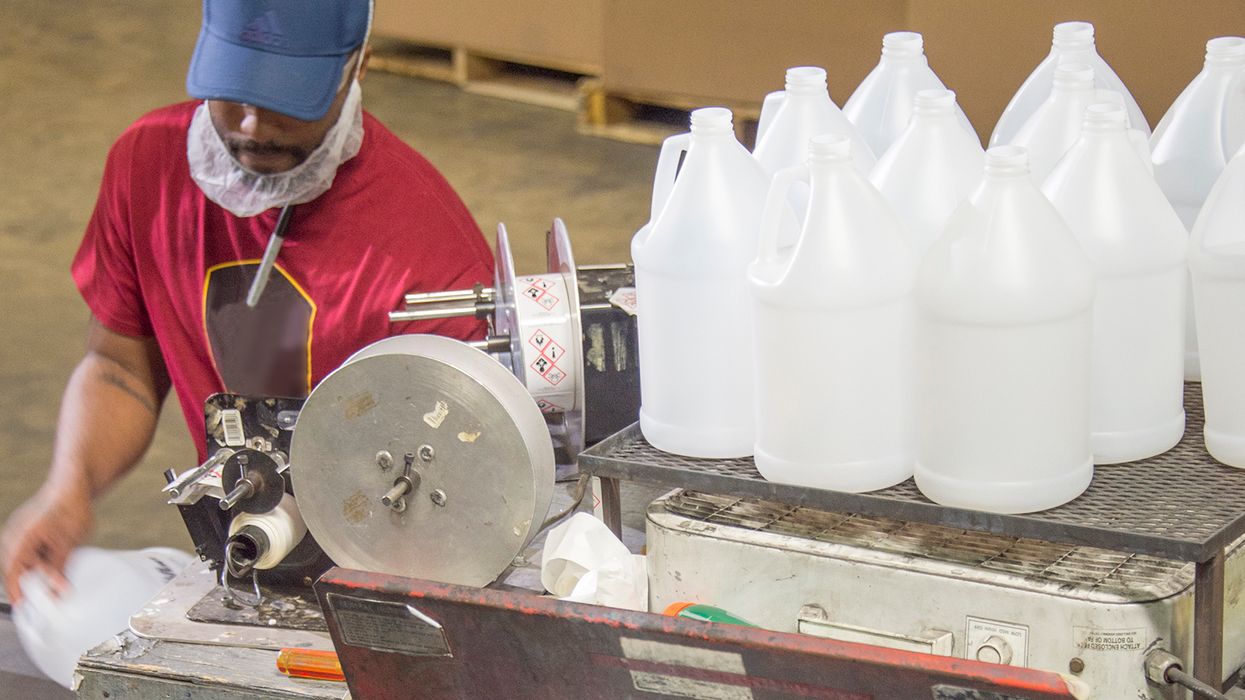Wildfire guide geared for oil storage tank operators
As wildfires hit Arizona, California, New Mexico, Texas, and other states in recent months, the U.S. has seen how wildfire can begin suddenly and spread quickly, causing significant damage to the environment and communities. While you may be familiar with footage of homes and forests devastated by wildfires, you must not forget that wildfire can also impact underground storage tanks (USTs) and aboveground storage tanks (ASTs) of oil. According to EPA:
- USTs have suffered power loss, fire damage, or complete destruction; and
- AST materials may be consumed in a fire as the heated vapor is burned off, but liquid material should not be released into the environment if properly designed, installed, and maintained.
The agency explains that owners and operators of oil storage tanks can take certain steps in case of wildfire. Early action is key.
EPA guidance
In fact, EPA recently developed a publication, Wildfire Guide: Preparation and Recovery for Underground and Aboveground Storage Tank Systems (EPA 510-B-21-001) to help UST and oil AST owners and operators prepare for and respond to the catastrophic effects and environmental harm that may occur as a result of partial or fully burned UST systems or oil ASTs and associated piping and appurtenances.
The 26-page guide consolidates federal, state, non-governmental, and UST and oil AST industry resources and offers:
- Recommended actions for UST/AST facilities to take as the fire approaches;
- Steps to take when returning to the UST/AST facility;
- Financial assistance resources available to UST/AST owners and operators; and
- 29 related government and non-government links.
Information in the guide may help owners and operators return their facilities to service as soon as possible. Although the publication addresses USTs and ASTs affected by wildfire, some elements of the checklists may apply to other natural disasters as well.
Regulations are still a factor
EPA explains that the guide does not replace existing federal or state laws or regulations, nor impose legally binding requirements. For regulatory requirements, the agency points to the following:
- UST systems — Refer to 40 CFR 280 (Technical Standards and Corrective Action Requirements for Owners and Operators of Underground Storage Tanks (UST)), along with corresponding state regulations.
- Oil AST systems — Refer to 40 CFR 110 (Discharge of Oil), 40 CFR 112 (Oil Pollution Prevention), corresponding state regulations, and local fire codes.
Key to remember
Tank owners and operators can prepare for and respond to wildfire. EPA offers a guide to help.

